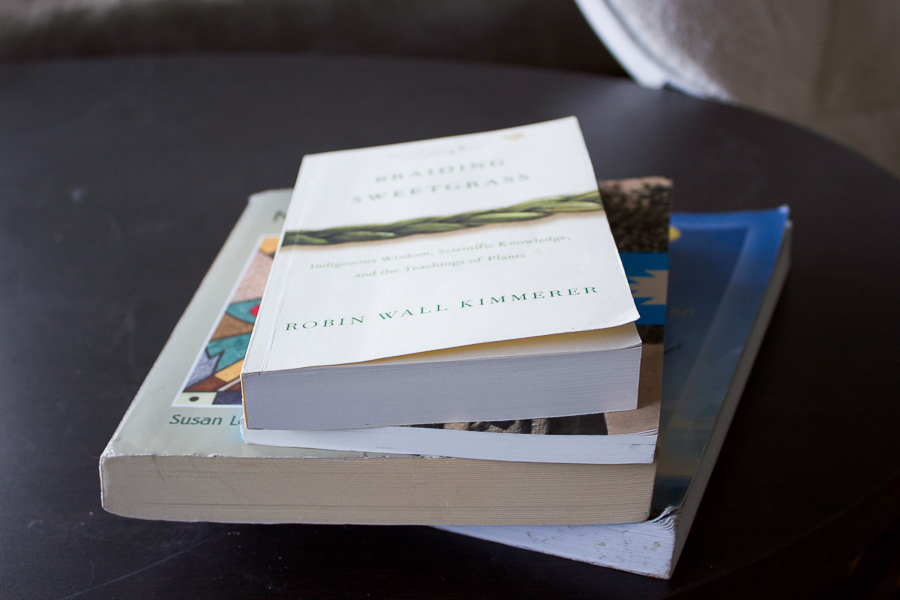
Online textbook library aims to expand its content, cut costs for students, tailor course-specific material
The U.S. Department of Education has awarded a $4.9 million dollar grant to the LibreText Project, an online textbook library founded at UC Davis.
According to the Department of Education website, the grant awarded under the Open Textbooks Pilot Program “emphasizes the development of projects that demonstrate the greatest potential to achieve the highest level of savings for students through sustainable, expanded use of open textbooks in high-enrollment courses or in programs that prepare individuals for in-demand fields.”
The LibreText Project, previously under the name ChemWiki, was developed 11 years ago by Delmar Larsen, an associate professor in the chemistry department. Larsen provided a supplemental text for Chem 107B: Physical Chemistry for Life Scientists, and the project grew to encompass all chemistry classes and further fields of study. The LibreText Project has amassed 12 libraries worth of content to date.
While developed at UC Davis, the online library is in use across universities and community colleges throughout the country. In addition to providing existing texts, it also provides the option for instructors to contribute their own texts tailored to their classes. The intent is to offer classrooms the ability to read content more directly related to the vocabulary used by a professor in their classes.
Marc Facciotti, an associate professor in the biomedical engineering department, contributed to the textbook library by providing reading modules he had written specifically for BIS 2A: Introductory Biology: Cell Functions.
“I think the students have appreciated that we’ve gone from having a lot of complaints at the end of the quarter about why people were reading the book when it wasn’t as related as to what was going on in the course to basically zero complaints,” Facciotti said.
According to Larsen, the LibreText project, which falls under classification as an Open Education Resource (OER), is the largest, highest ranked of its kind and has the greatest amount of online traffic for an OER.
“We have 70,000 pages of content that spans from sciences to social sciences to humanities,” Larsen said. “We’re going to be expanding to the trades which is a vocational based library which is probably more applicable to community colleges.”
Anne Britt, a professor in the plant biology department, has incorporated LibreText’s customizable tool to tailor a textbook for her BIS 2A class. She has found it a useful resource in communicating content to her students.
“Students really appreciate knowing what you want them to know,” Britt said. “If you’re using a regular textbook there’s going to be stuff inevitably in there that’s not really important to you, and the students have a hard time discerning which are your favorite topics. So having a custom textbook is super helpful in terms of getting the most important points to me across to the students.”
The Department of Education set up a 30-day window between July 30 and Aug. 29 in which applicants could submit their proposals for the Open Textbooks Pilot Program. A consortium of volunteer faculty across campuses involved with the project edited and drafted pre-existing language to submit as their proposal. Within a month of review, LibreText received the funds from the grant.
“The resources that we are getting from this award is ten times greater than all the resources we’ve had before, combined,” Larsen said. “So you can argue we’d be ten times bigger and ten times better and that is certainly our goal.”
The LibreText Project plans to use the funds for expansion through the development of five independently-operating teams responsible for construction, harvesting, dissemination, technology and an assessment and evaluation team. Larsen is in the process of hiring 50 to 100 undergraduate students to assist in the curation of additional content.
“The textbook of the future is definitely going to be different from the textbook of the past,” Larsen said. “And that’s why we want to be able to use current and emerging technologies and embed those into the textbook library.”
Among those emerging technologies are efforts to integrate interactive, illustrated figures and simulations, programming for three dimensional calculus and coding and an annotative infrastructure for students and faculty.
“What we’re doing is delivering content in a different way that replaces the textbook but that is, in some ways, richer than the textbook,” Facciotti said. “Or at least maybe richer in the future that’s more modern and adaptable.”
Written by: Elizabeth Mercado — campus@theaggie.org




